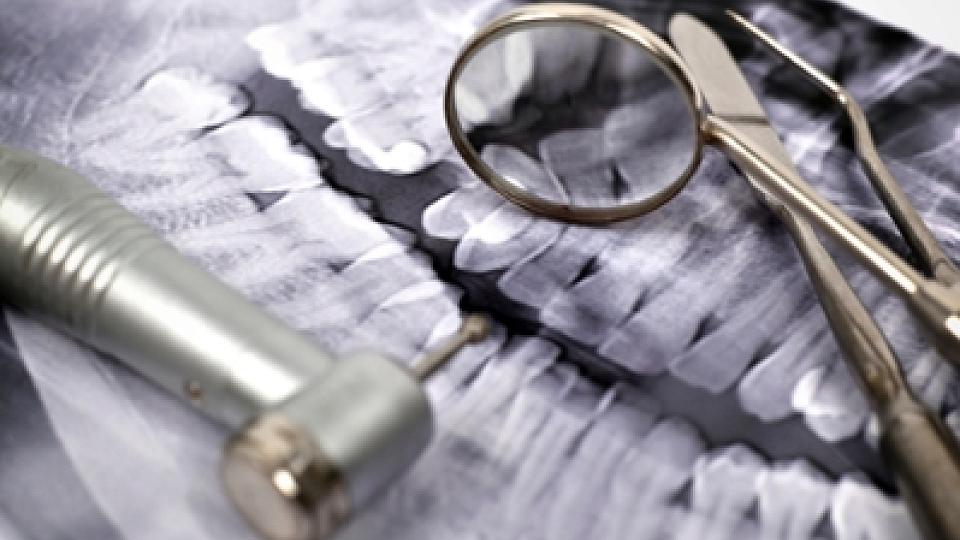
Tooth Gems: Are They Safe for Your Teeth?
Putting bling on your teeth is no new trend, but a new concept may concern your dentist. It’s called tooth gems, which are jewels that are bonded to the enamel of your tooth. What concerns dentists the most is the DIY method of doing it yourself.
Here’s why it’s important to talk to an expert first before applying a tooth gem.
1. Professionals know best
We only have a finite number of natural teeth, so it’s important to take good care of every single one. That’s what dentists are for, and they know teeth best.
“In a clinical setting, the dentist will not only look at the tooth that the gem is going to be applied to, but they’ll look at the patient as a whole,” says Rich Homer, DMD, a dentist and head of Dental Conservation and Restoration at the University of Utah School of Dentistry. “They’ll make sure that the patient’s oral hygiene is OK and that they’re not covering any cavities with the tooth gem.”
2. Get the best outcome
If a professional determines you are a good candidate for a tooth gem, they’ll follow certain procedures to ensure your tooth is protected. This process involves isolating the tooth and placing the tooth gem in an appropriate place. This helps protect the lip or gum from damage and limits plaque build-up, which could ultimately lead to tooth decay.
3. Know what’s going in your mouth
To properly apply a tooth gem in a clinical setting, a strong acid is used to bond the gem. Materials used in DIY kits, such as super glue or nail glue, should be avoided at all costs.
“Materials that are not designed for oral cavities could lead to toxic materials being released in your mouth,” Homer says. “Material that is meant to be within the oral cavity should be placed by a dental professional so that there is no excess material or build-up that could lead to tooth decay.”
4. Avoid damage and cavities
The do-it-yourself tooth gem method can be dangerous. Using any type of material that is not designed to be within your mouth could damage your tooth or even lead to tooth decay.
Want more reasons to avoid a cavity? Tooth gems could act as a food or plaque trap, leading to cavities.
5. Proper placement
According to Homer, proper placement is crucial in placing tooth gems. Placement is strategically chosen to avoid soft tissue damage or other issues like periodontitis or gingivitis. Improper placement could also cause ulcerations on the lips due to them constantly moving over the tooth gems.
The bottom line is this: If the material is not designed for your mouth, keep it out. If it is designed to be within the mouth, have a professional place it for you. While Homer does not recommend tooth gems in general, he does recommend consulting with your dentist.
Understanding Tooth Sensitivity and How to Manage It
Nearly 75% of pregnant women will face gum problems at some point, and the consequences can go beyond tooth loss. Learn the safest times for treatment, the symptoms to watch for, and how prioritizing your own oral health helps protect your baby.
5 Health Concerns Associated with Gum Disease You May Not Know About
Nearly half of all adults have some form of gum disease—and it is not just affecting your teeth. Learn how inflammation in your mouth could impact your long-term wellness—and what you can do to prevent it.
How to Access Affordable Dental Care
Dental health is crucial, but not always affordable for all budgets. From university-run clinics providing care at a fraction of the cost to state-supported initiatives for Medicaid beneficiaries, discover how to access the dental care you need without financial strain.







